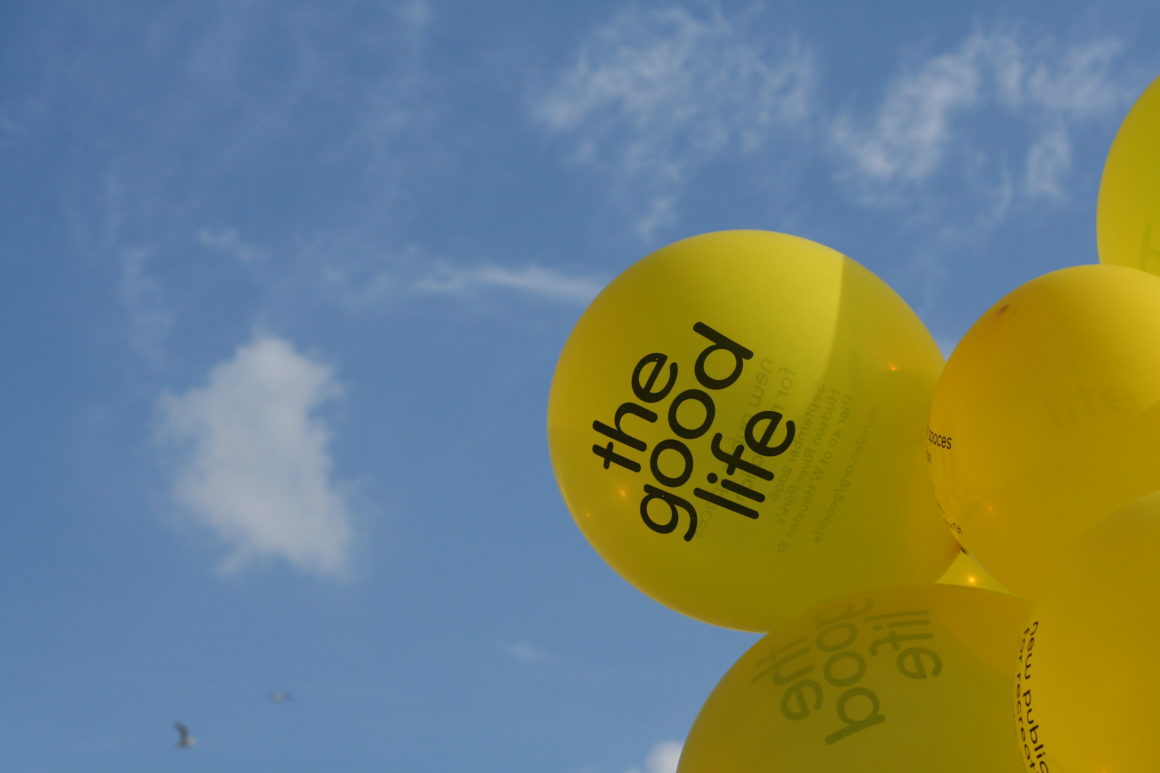
21st-century leisure?
About
The Good Life: New Public Spaces For Recreation explored the reinvention of urban public spaces to meet the needs of recreation in the 00s. Curated by Zoë Ryan, the exhibition showcased the most promising paradigms of how 21st-century leisure—recreation, fun, education, relaxation—was designed into the everyday physical realm of the built environment. The exhibition presented an array of new projects in cities around the world by esteemed international practitioners including Martha Schwartz, Ken Smith, Weiss/Manfredi Architects, Vito Acconci, SHoP Architects, Diller, Scofidio + Renfro, Walter Hood, David Adjaye, West 8, FAT, and Thomas Heatherwick. The exhibition illustrated how such spaces play an essential role in elevating the quality of daily life and urban regeneration. Amid shifting political and social climates, The Good Life advocated for public spaces with strong identities and engaging programs that are accessible to a variety of cultures and different economic groups.
The exhibition highlighted the ways in which existing public spaces were re-envisioned for new recreational and leisure uses, and illustrated how spaces for play and cultural exchange were reinvented on former industrial waterfronts, brownfield sites, transportation interchanges, vacant lots, and reclaimed land. The exhibition also demonstrated that the best and most sustainable public spaces share some important qualities: They engage a broad range of users, are designed for either large or small scale interventions, and are flexible and able to change over time to accommodate multiple activities both programmed and unscripted.
Exhibition Design
The exhibition design by Amale Andraos and Dan Wood of WORKac utilized a single gesture—the wiggle—to create a series of discrete and varied environments for the five themes, including a stage for events and a lounge. The wiggle was formed from a sinuous band of fabric, manipulated to create openings, windows for video screens, and areas to gather and sit. The exhibition’s visual identity, motion graphics, and catalog were designed by Prem Krishnamurthy and Adam Michaels of Project Projects.